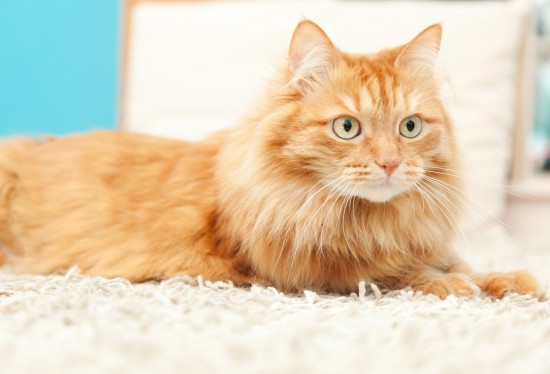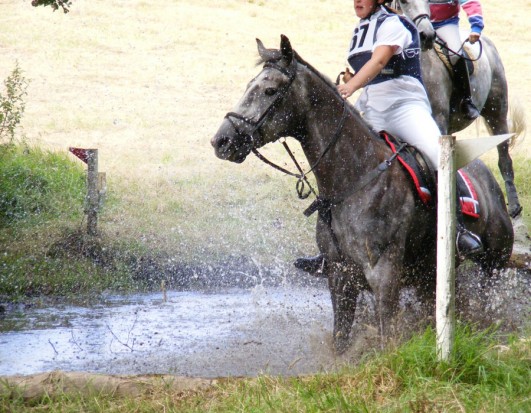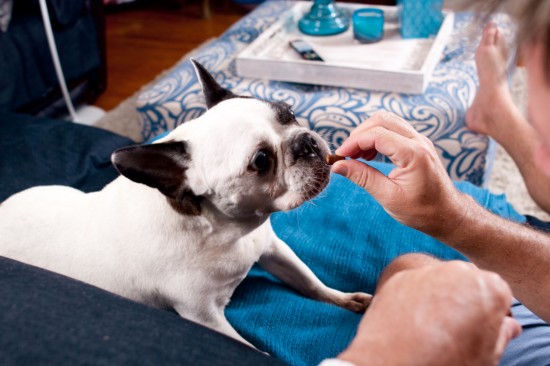
Ball Pythons make excellent pet. Their inexpensive price, good temperament and long life spans make them one of the top-selling snakes. If you choose ball python as your pet, buy a captive-born one to ensure you will get a healthy, established eater and a snake already used to contact with humans.
Recent years, captive breeding projects have developed several interesting color varieties which all share the same guidelines. Buying ball python from a reputable breeder will also ensure that you will get the help and advice you need to make your ball python feels comfortable and secure enough to eat after you bring it a t home.
Things to look for in a healthy ball python (and any kind of snake):
?Rounded body shape
?Clear skin
?Clear eyes and clear vent
?Actively flicks its tongue around when handled.
Ball pythons are naturally shy about their heads touched or handled by strangers. They will pull its head and neck sharply away from such contact. When held, ball python should grip you gently but firmly when moving around. It should be alert to its surroundings.
Snake housing for Ball python
A full grown ball python should be housing in a 30 gallon tank (36”x12”) or larger. A young adult requires a 20 gallon tank and a hatchling requires a 10 gallon tank. Select an enclosure especially designed for housing snakes, and make sure the cage is secure as ball pythons are very powerful and cunning when it comes to escaping.
Substrate
A beginning substrate should be paper towel. This will allow you to check for parasites and observe the feces for problems. After the snake is established and eating well, you can use cypress or fir bark as a substrate. Avoid using pine or cedar shavings since they can become lodged in the mouth while eating, causing respiratory and other problems. Washable, reusable, reptile carpets can also be used. All types of substrate must be cleaned or replaced whenever soiled to avoid fungal or bacterial growths.
Hiding Place
As with most snakes, a hiding place is a must. You can use anything from a half log available at pet stress to cardboard boxes, to manufactured reptile houses. The hiding place should be big enough for the snake to hide its entire body inside. You will need to eventually replace it as your snake grows. Ball pythons prefer dark places for sleeping and like to sleep in snug and tight enclosure, so do not buy or make too big of a cave for its size. Don’t forget to put a climbing branch in the tank, as ball python love to climb.
Temperature
Maintaining the cage at the proper temperature is vital to keeping you pet snake healthy. Ball python should be kept at temperature gradient from 80 – 85 F at the cool end and 90 F at the basking area during the day. At night, the temperature can be safely lowered to 73 – 75F only if the basking area of at least 80F remains available.
A variety of heating methods can be used. Special reptile heating pads that are manufactured to maintain a temperature about 20 degrees above the air temperature can be used inside the enclosure. Adhesive pads that can be stuck to underside of a glass enclosure are also available. You can also use light bulbs in porcelain and metal reflector hoods to provide the additional heat required for the basking area. A mesh guard should be fitted around the light bulb, to prevent the snake from burning itself. A thermometer to test the temperature and check the heating devices from time to time is recommended. Ball python is vulnerable to thermal burns so direct contact with the heat source should be prevented.
Water
Always provide a fresh bowl of water that is replaced daily. Ball Pythons will occasionally soak in the bowl to help with the shedding process. This can cause overspills if the bowl is too small.
Feeding Ball Python
?Hatchling with 15” in length can be started off with a single pre-killed one week to 10-day old fuzzy mouse. Smaller sized hatchling can be fed a 5-day old one.
?Older ball pythons may be fed larger pre-killed mice or pinkie rats.
If your ball python has gone several months without eating, take it to a reptile vet or ask to speak to someone who is knowledgeable about ball pythons and feeding problems.
 Find the Best Ulcer Treatments For Horses
Find the Best Ulcer Treatments For Horses
Equi
Find the Best Ulcer Treatments For Horses
Find the Best Ulcer Treatments For Horses
Equi
 Hookworms In Dogs - Symptoms, Prevention And Treatment
Hookworms In Dogs
Hookworms In Dogs - Symptoms, Prevention And Treatment
Hookworms In Dogs
 Does Your Cat Rule The Roost In Your Home?
Does Your Cat Rul
Does Your Cat Rule The Roost In Your Home?
Does Your Cat Rul
 Introduction To Cross Country Horse Riding
Introduction To C
Introduction To Cross Country Horse Riding
Introduction To C
 Treats For Dogs With Sensitivities
Treats For Dogs W
Treats For Dogs With Sensitivities
Treats For Dogs W
Copyright © 2005-2016 Pet Information All Rights Reserved
Contact us: www162date@outlook.com